Smart Materials and Structures
Nature offers a great source of inspiration for developing next generation optical applications. Many natural photonic structures are multifunctional and can be used in many applications.
The wing of the Morpho butterfly is a great example of multi-functionality. An evolutionary optimized nano-structure in the scales of this butterfly also gives a strong blue coloration and makes the wing hydrophobic. Because of these multiple features of the butterfly scales, biomimetic/replication of the micro/nanostructure especially on a large scale is extremely interesting for industrial applications.
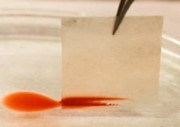
A surface with high density of nano hairs is created by a new developed hot pulling process.
Bio-Inspired Surfaces (H. Hölscher)
Hot Pulling of Polymers (M. Worgull)
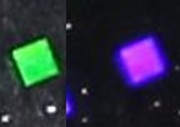
Optical properties are tuned by variation of the distance of grating elements.
Smart Bio-Inspired Materials (H. Hölscher)
Shape Memory Polymers (M. Worgull)
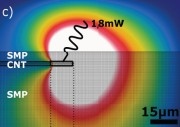
Combining shape memory polymers with replication techniques and nanoparticles allow the control of MEMS or MEMS components.
Bio-Inspired Photonics (H. Hölscher)
Shape Memory Polymers (M. Worgull)
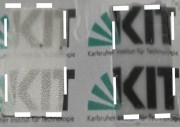
Bioinspired superhydrophobic flexible thin films are introduced as transparent coatings and translucent self-standing films for optoelectronic devices.
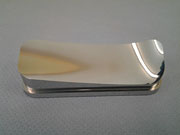
Implementation of highly polished stainless steel as substrate material combined with galvanic metal deposition for micro and nano structuring of tools and surfaces.
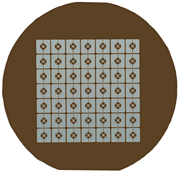
Monolithical layouts of shape memory alloy (SMA) microstructures allow for multifunctional performance in a single piece of material and, thus, using the material as the machine.

